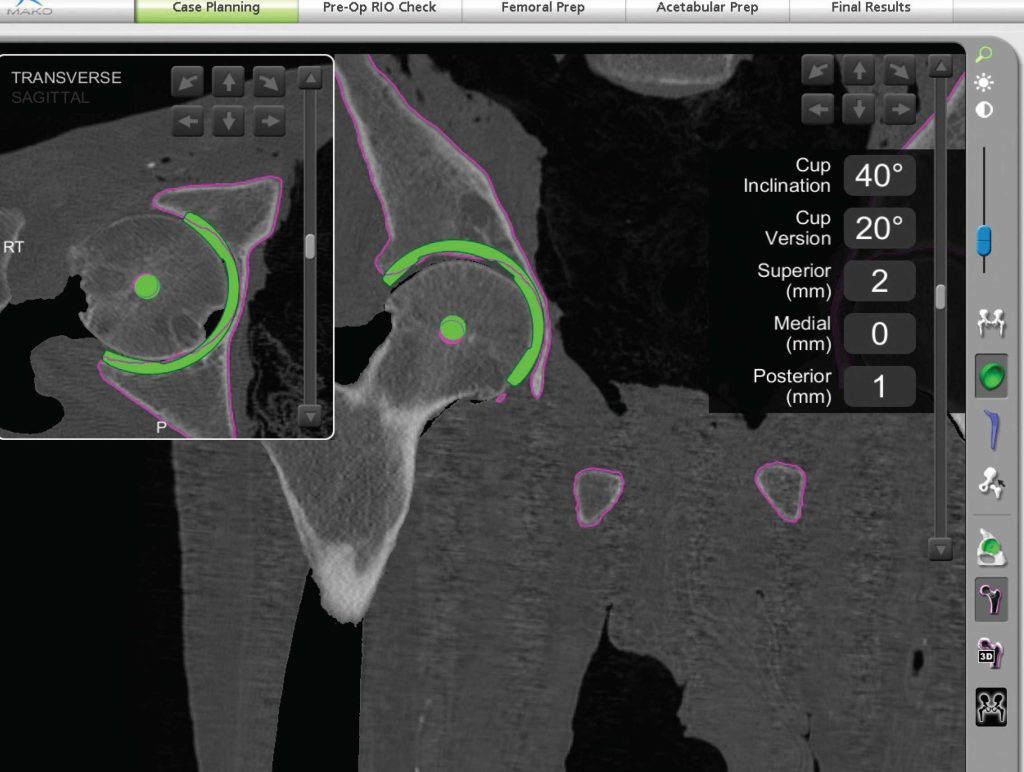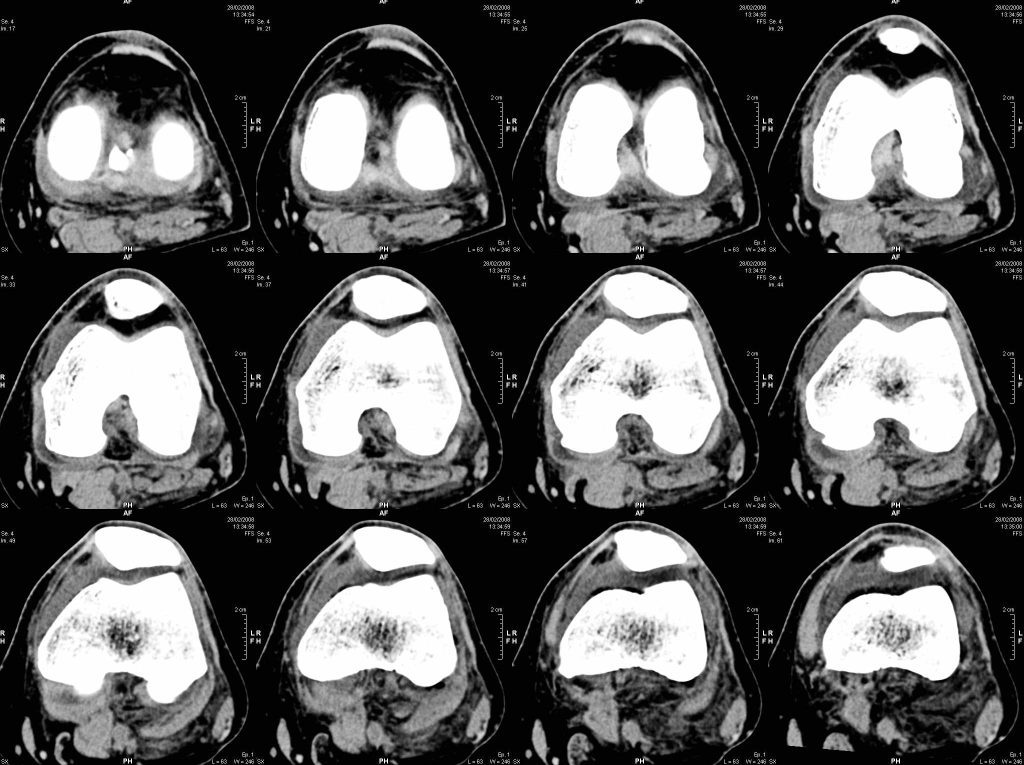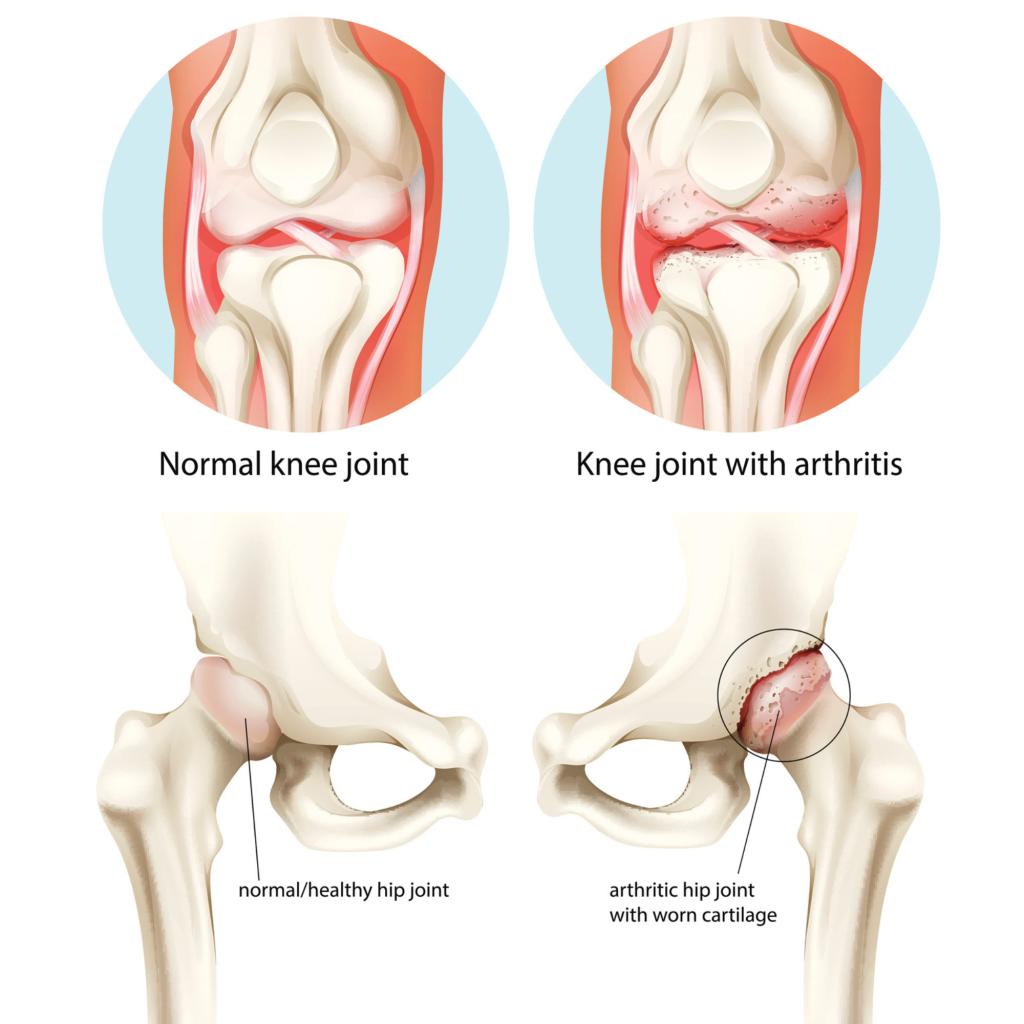Call Guest Services:
(989) 720-CARE (2273)
Visit Us:
826 W King St, Owosso, MI 48867
Home » Mako SmartRobotics™ System
Stryker’s Mako SmartRobotics™ is an assistive technology for orthopedic surgery that uses 3D planning software to create a personalized surgical plan for each patient. Orthopedic surgeons can perform surgery with an increased level of precision, leading to less invasive procedures and faster recovery. As hip and knee injuries from normal wear and tear, overuse, or athletics lead to an increasing need for joint replacement surgery, the Mako robotic-arm can help patients of all ages.
Here at Memorial Healthcare, orthopedic surgeons Dr. Ramy Kurdi and Dr. Ashraf Elbanna use the Mako System’s robotic-arm assisted technology for total hip replacements, total knee replacements and partial knee replacements.
During surgery, the surgeon utilizes the 3D plan to perform the procedure using the robotic arm. This highly advanced robotic technology enables surgeons to have increased accuracy and creates a more predictable surgical experience.



While the specific criteria for candidacy can vary depending on your surgeon, there are some general factors that make a patient a good candidate for Mako robotic-assisted joint replacements:


(989) 720-CARE (2273)
826 W King St, Owosso, MI 48867